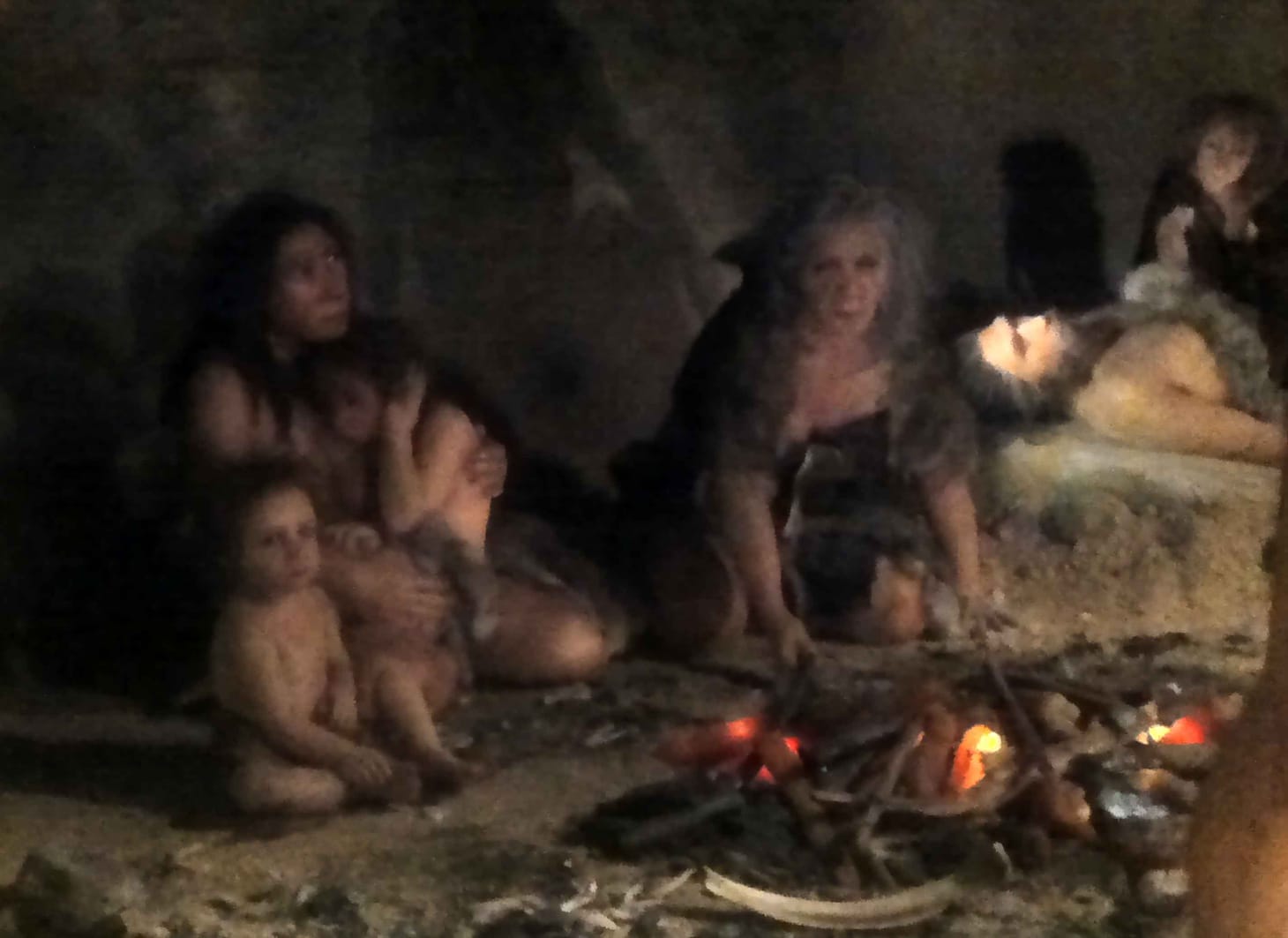Blog articles
Why did the ancients make gigantic handaxes?
Looking at new research on the distribution and function of curiously large bifacial tools
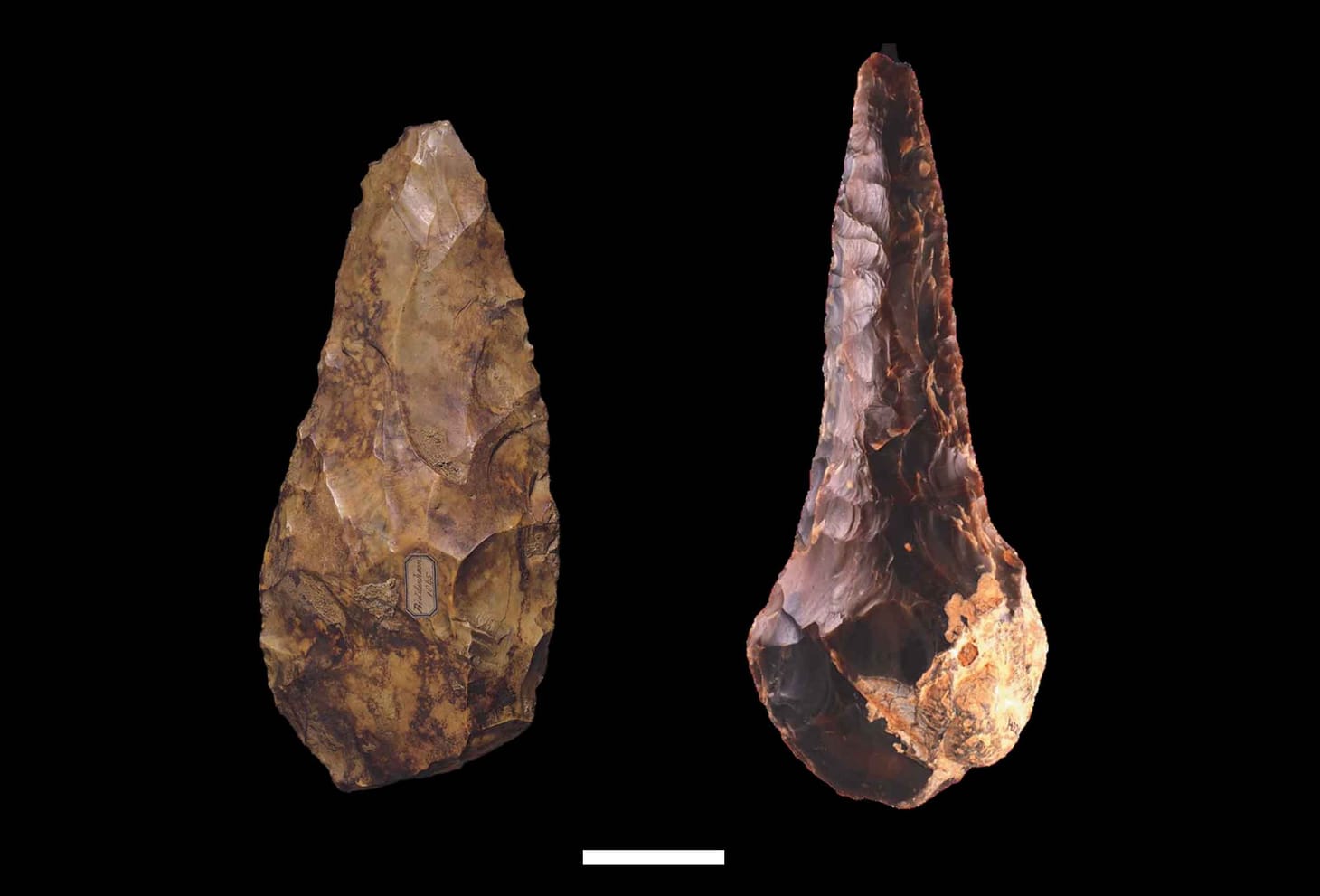
Four amazing Stone Age sites with wooden artifacts
From Africa, Asia, and Europe, these sites give us a rare window into the ways that organic technology shaped ancestral lives.

How many bathrooms have Neanderthals in the tile?
A Reddit poster finds an ancient jaw in his parents' new travertine. It may be more common than most people imagine.

Eclipses for the ancestors
Culture shapes our experience of these astronomical events, and would have done so for Neanderthals and other ancestral hominins.

A remembrance of Frans de Waal
Among many highlights of this primatologist's work, he maintained that humans are not unique or separated from other primates.
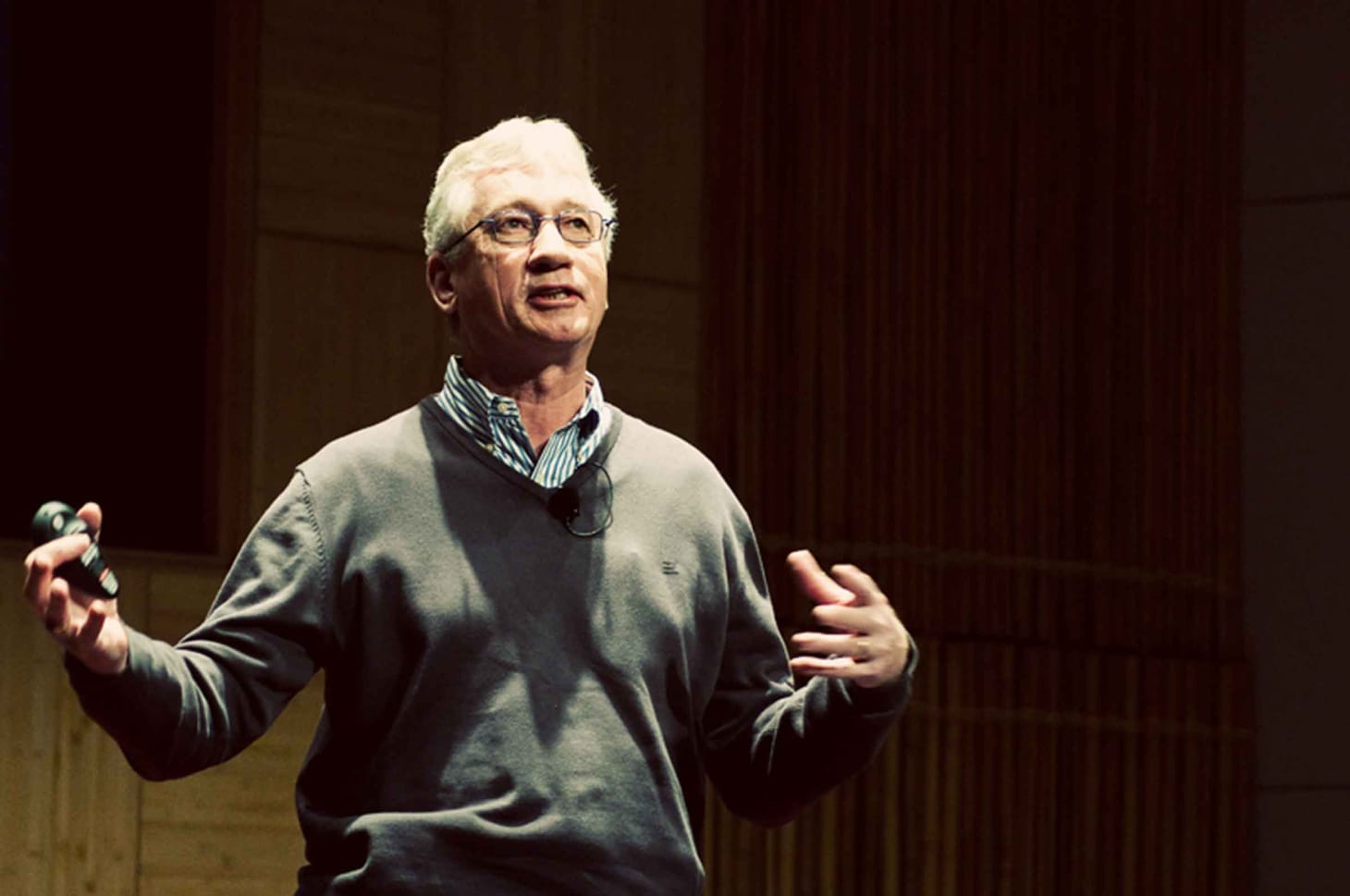
Vagrant birds and ancient human habitats
People killed the Carolina parakeet. An inquiry into their historic population range helps illustrate the challenges of understanding ancient human populations.
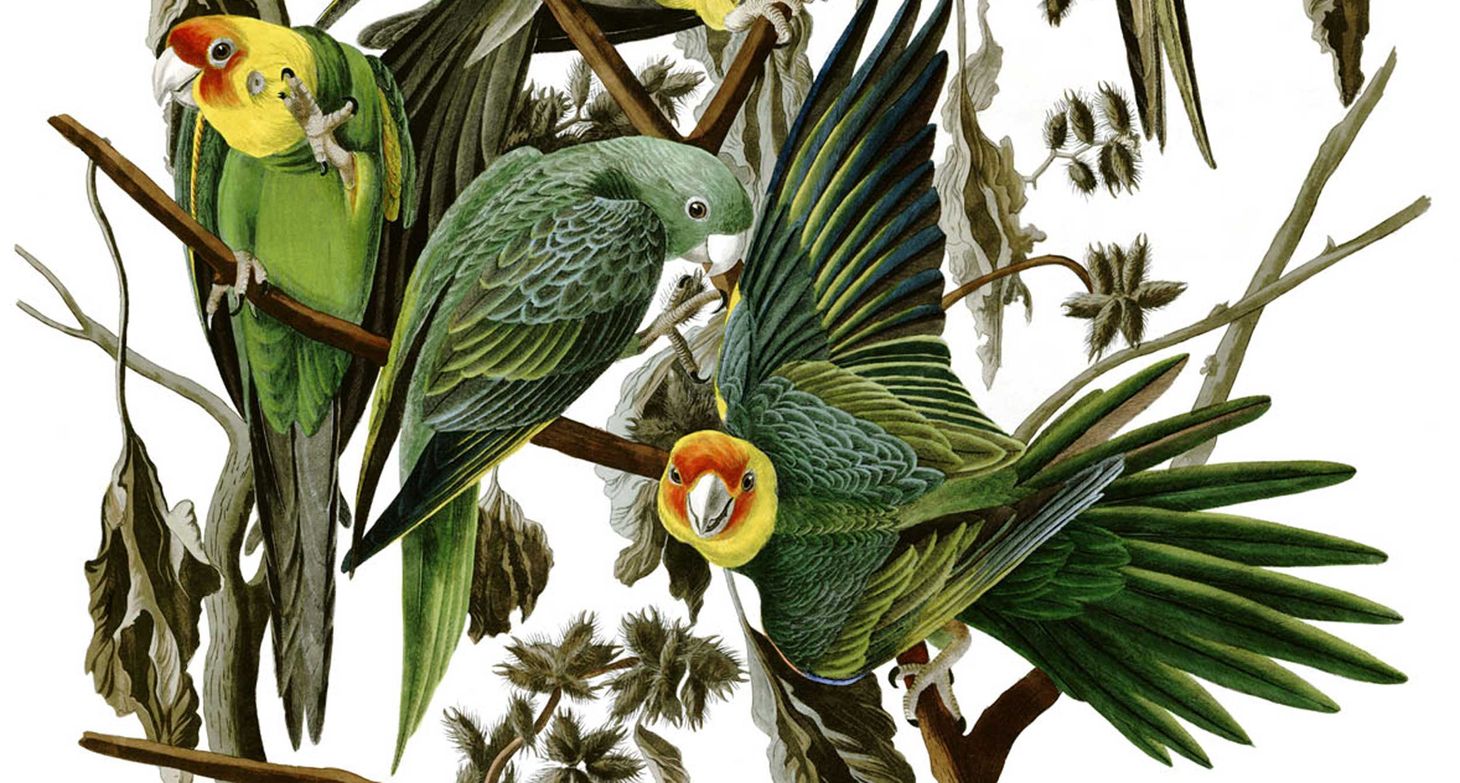
Guide to Paranthropus species
Long known as a group of human relatives with big teeth and jaws, these ancient species lived for at least two million years alongside our ancestors.
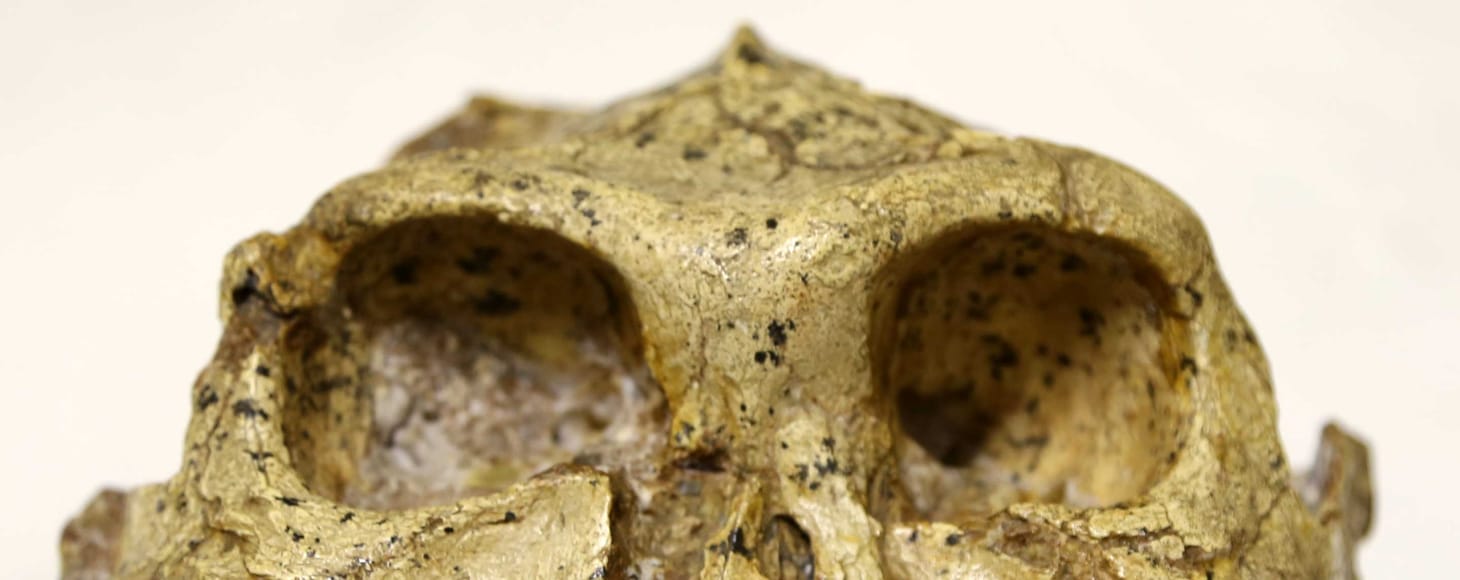
Secrets within the teeth of the first Homo fossils
New studies of the enamel-dentin junction show that early members of our genus may have been less distinctive than we think
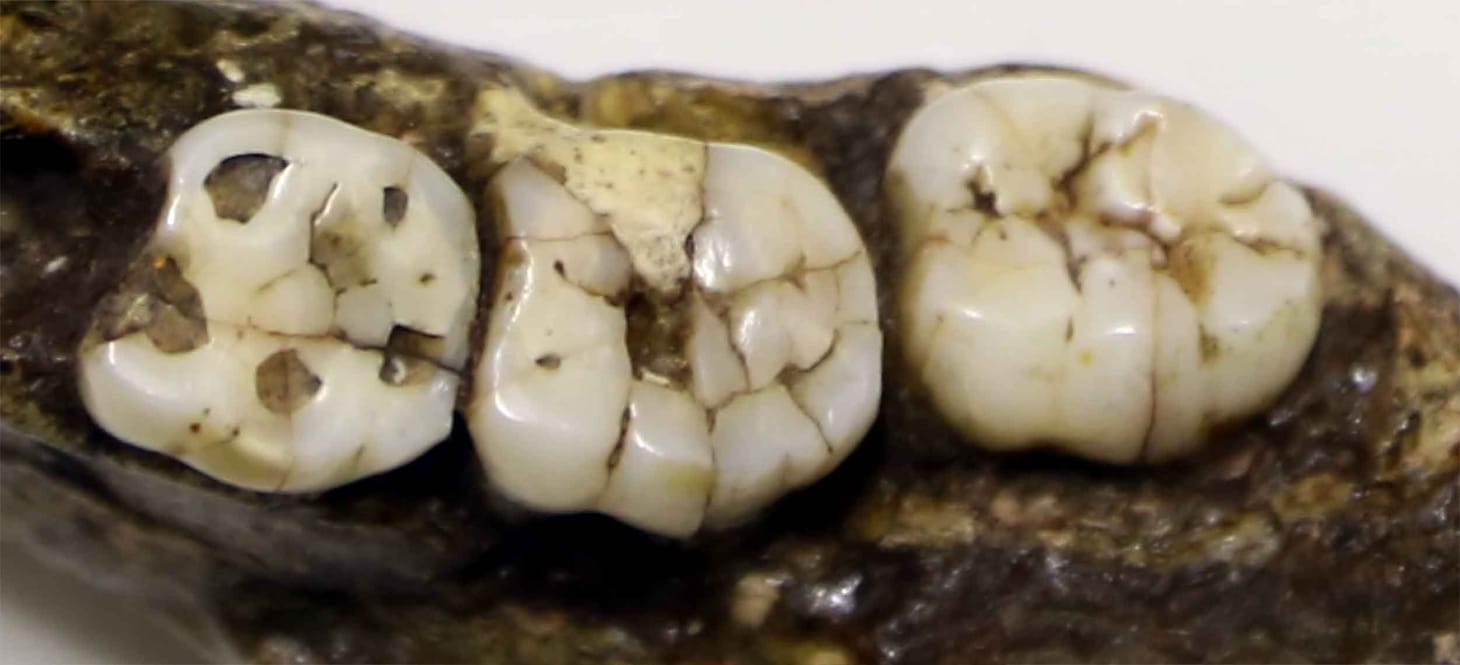
Top 10 discoveries about ancient people from DNA in 2023
This year's highlights include ways of finding ancient relatives, how some phenotypes evolved in ancient people, and trace evidence from artifacts.
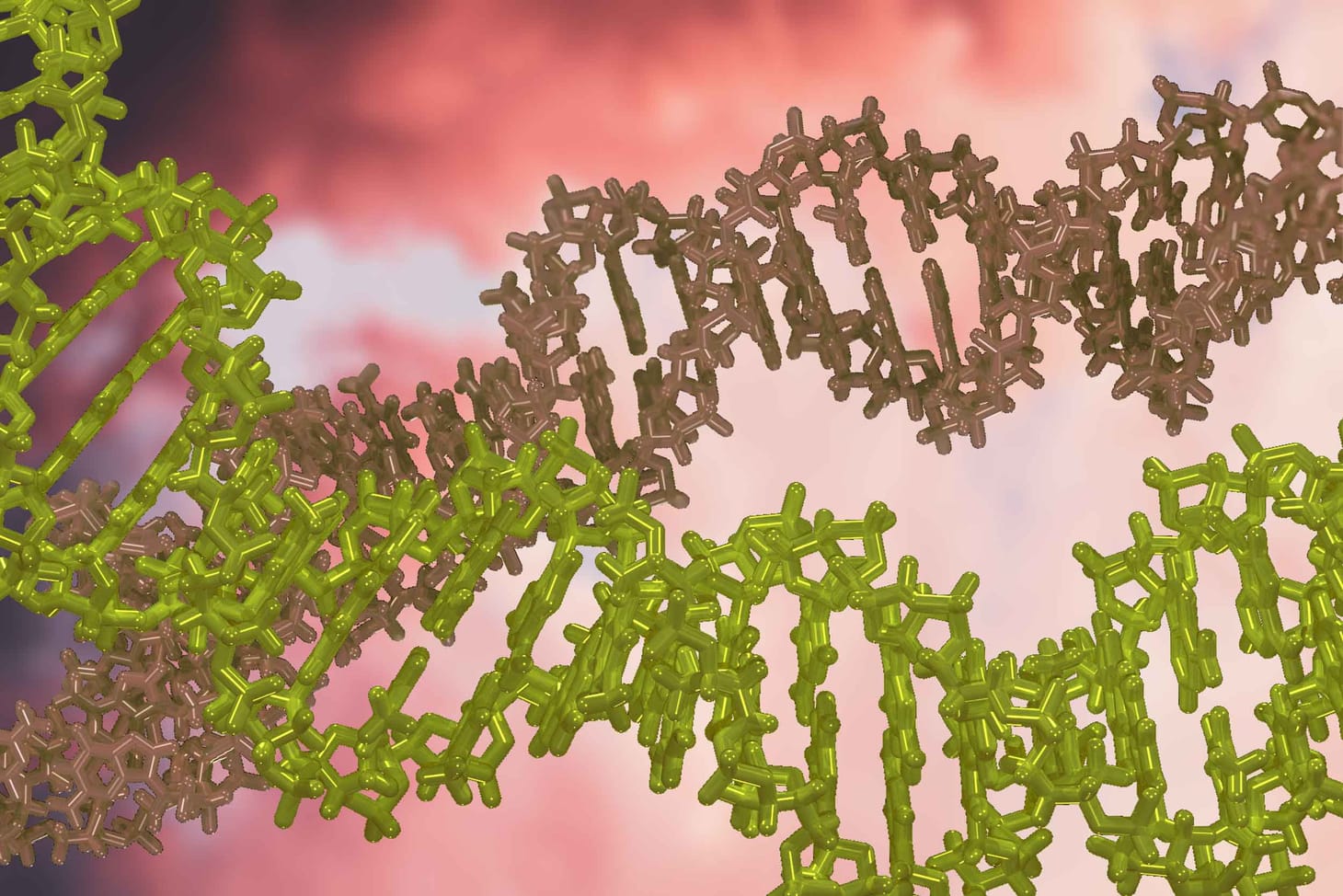
A visit to the Museo Nacional de Antropología, Mexico City
I took some time out from a research symposium and presentation to take photos of a marvelous collection of anthropological heritage.
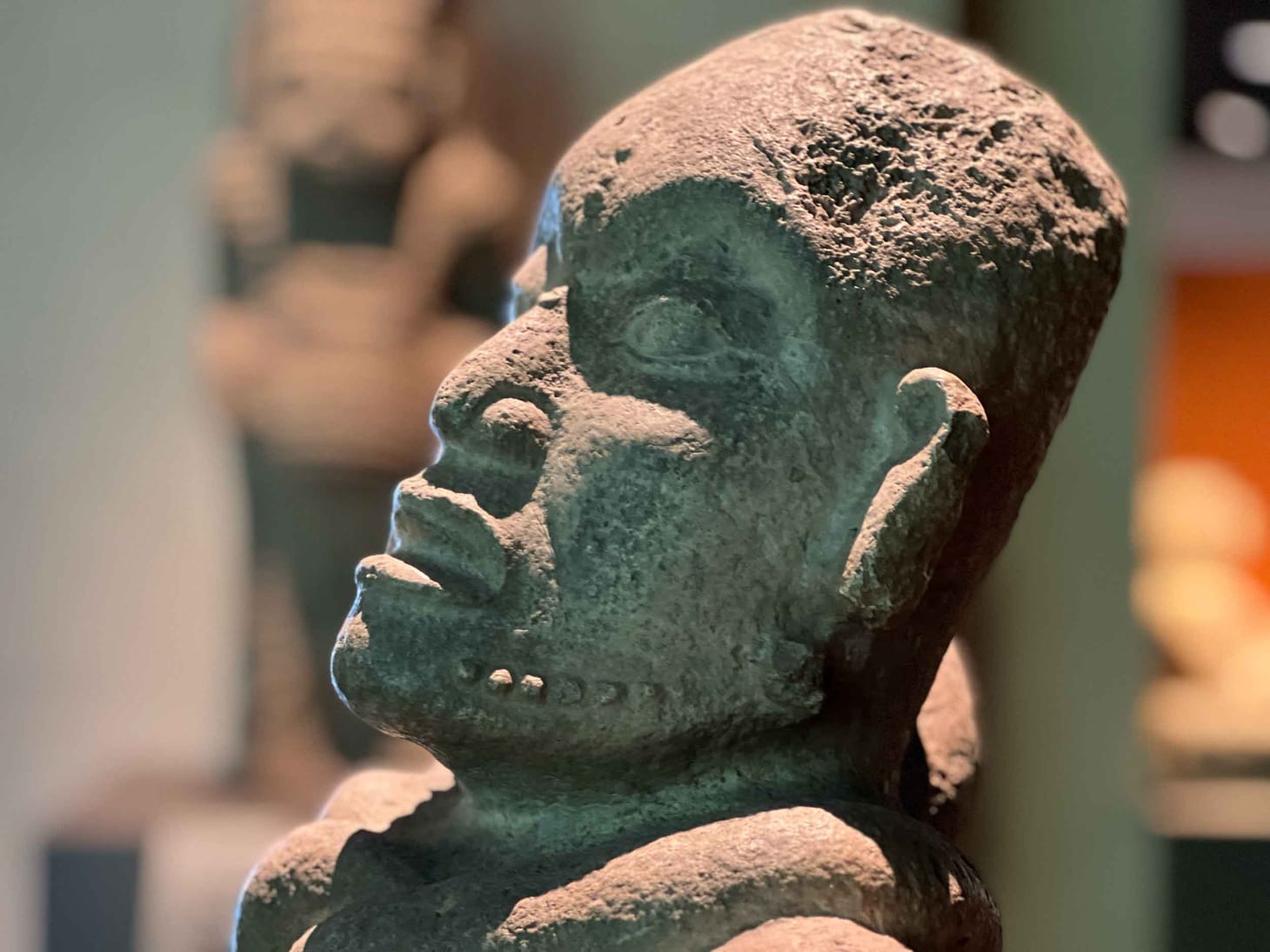
All the hominins made tools
A study of associations between stone tool evidence and fossil hominin remains shows that a wide range of species made stone artifacts.
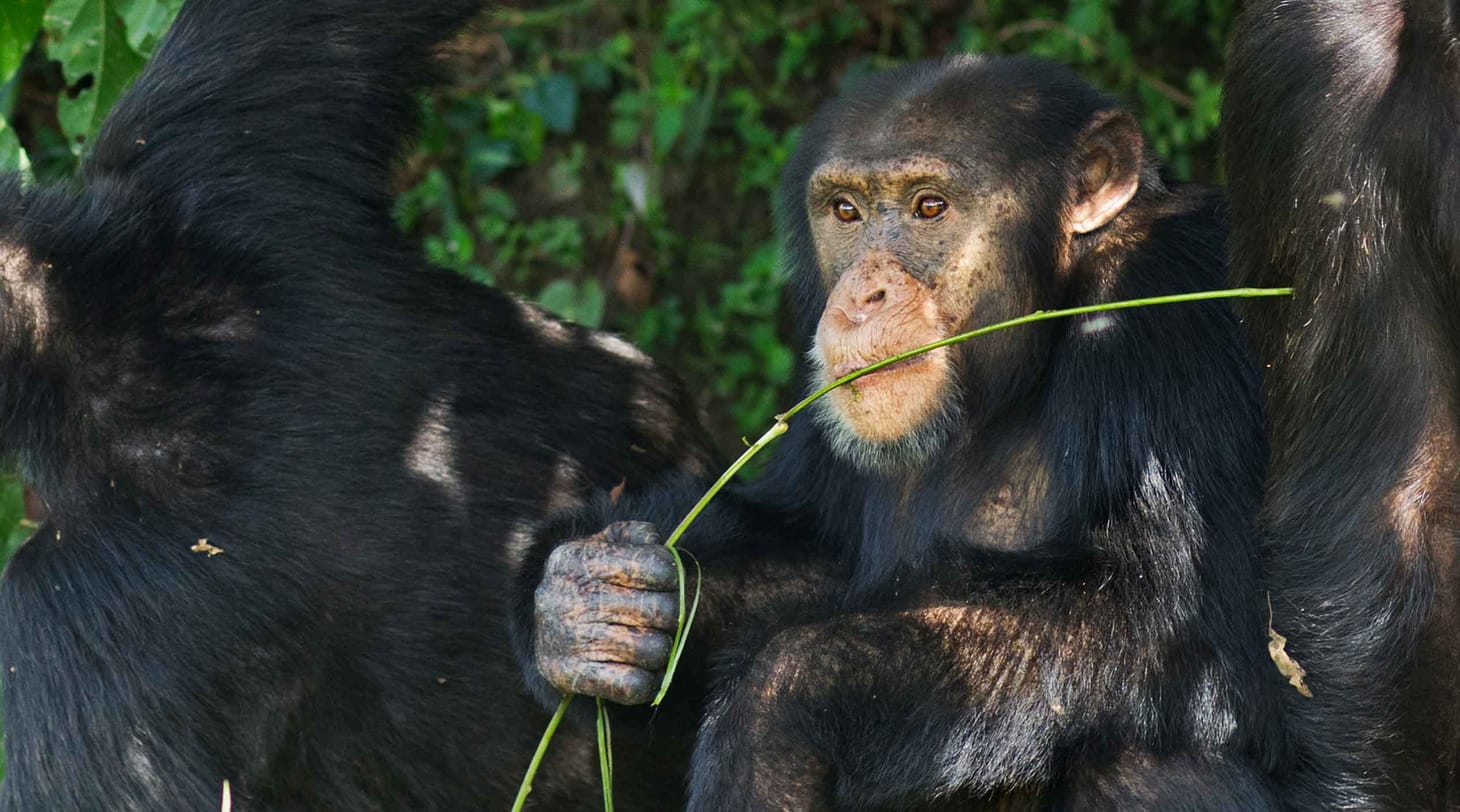
Tracing the signature of African-to-Neandertal gene flow
A new study of African genetic variation yields a more accurate picture of the genetic exchanges between ancient Africans and Neandertals 250,000 years ago.
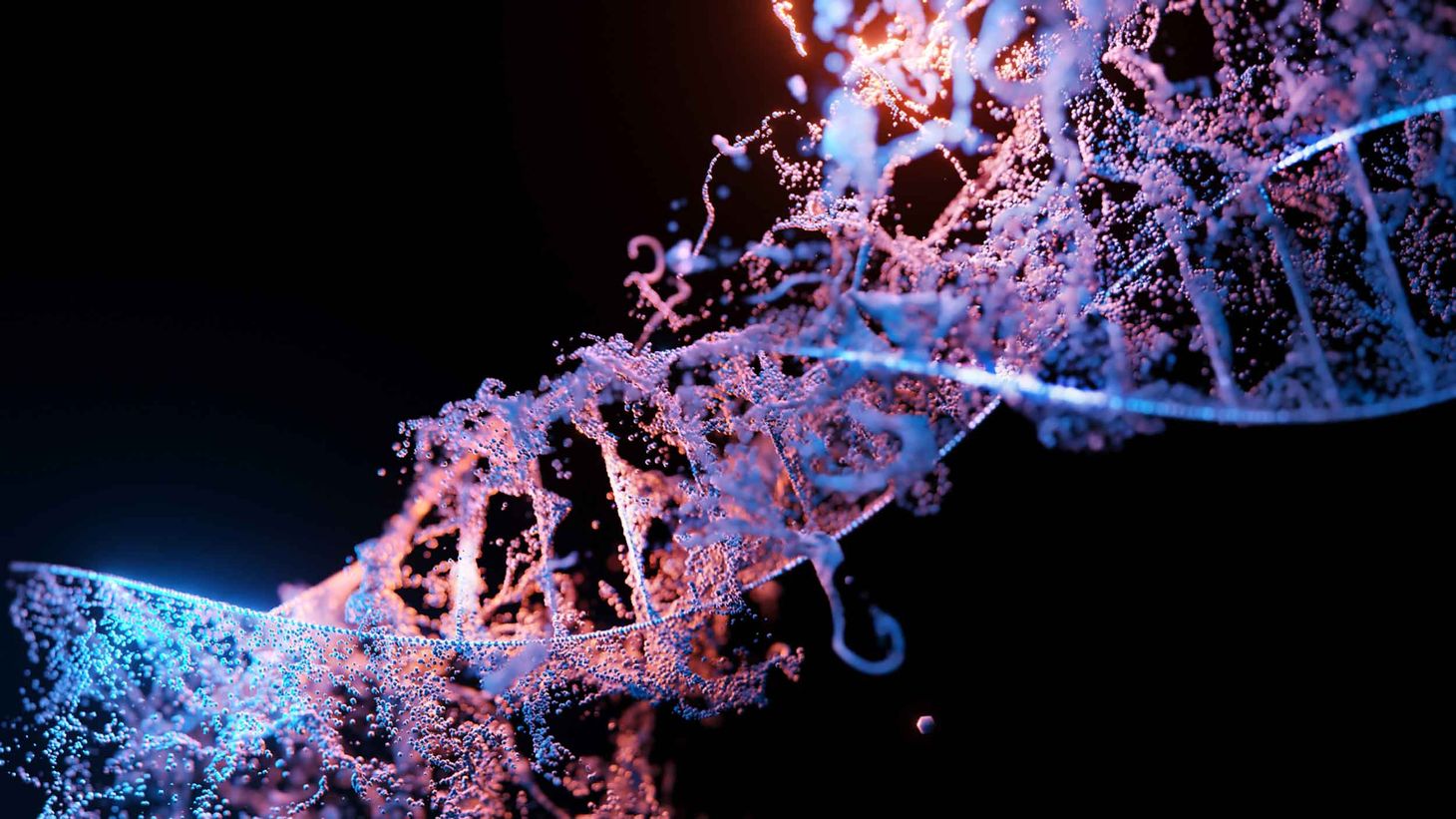
Lecture: Opening new frontiers in human origins
At a memorial for Richard Leakey, I shared some ideas about where technology and new discoveries will take paleoanthropology over the next decade.
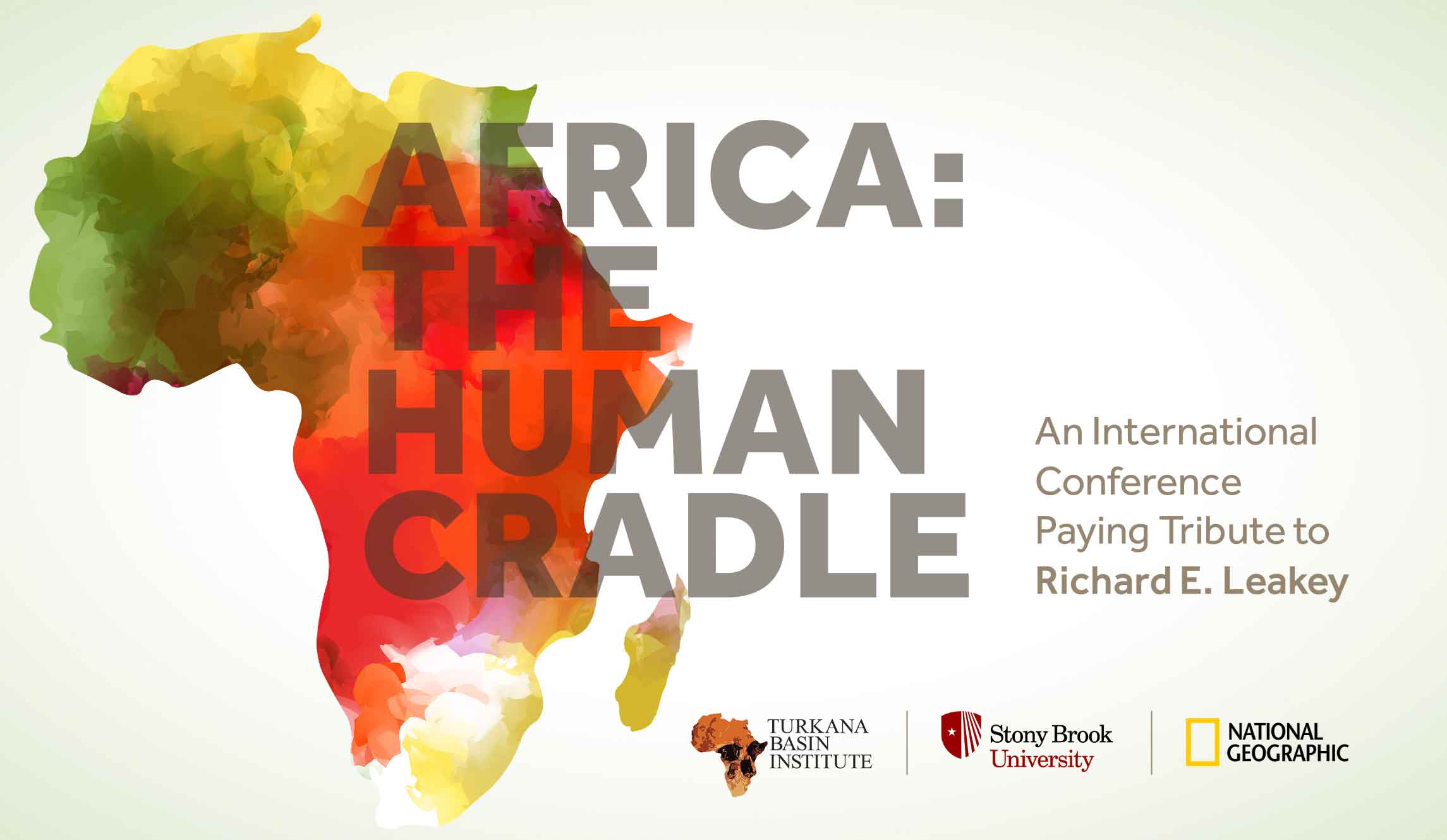
Homo erectus keeps getting older
New work from Melka Kunture, Ethiopia, shows the Garba IVE infant jaw is one of the oldest individuals of this longest-lasting hominin species.
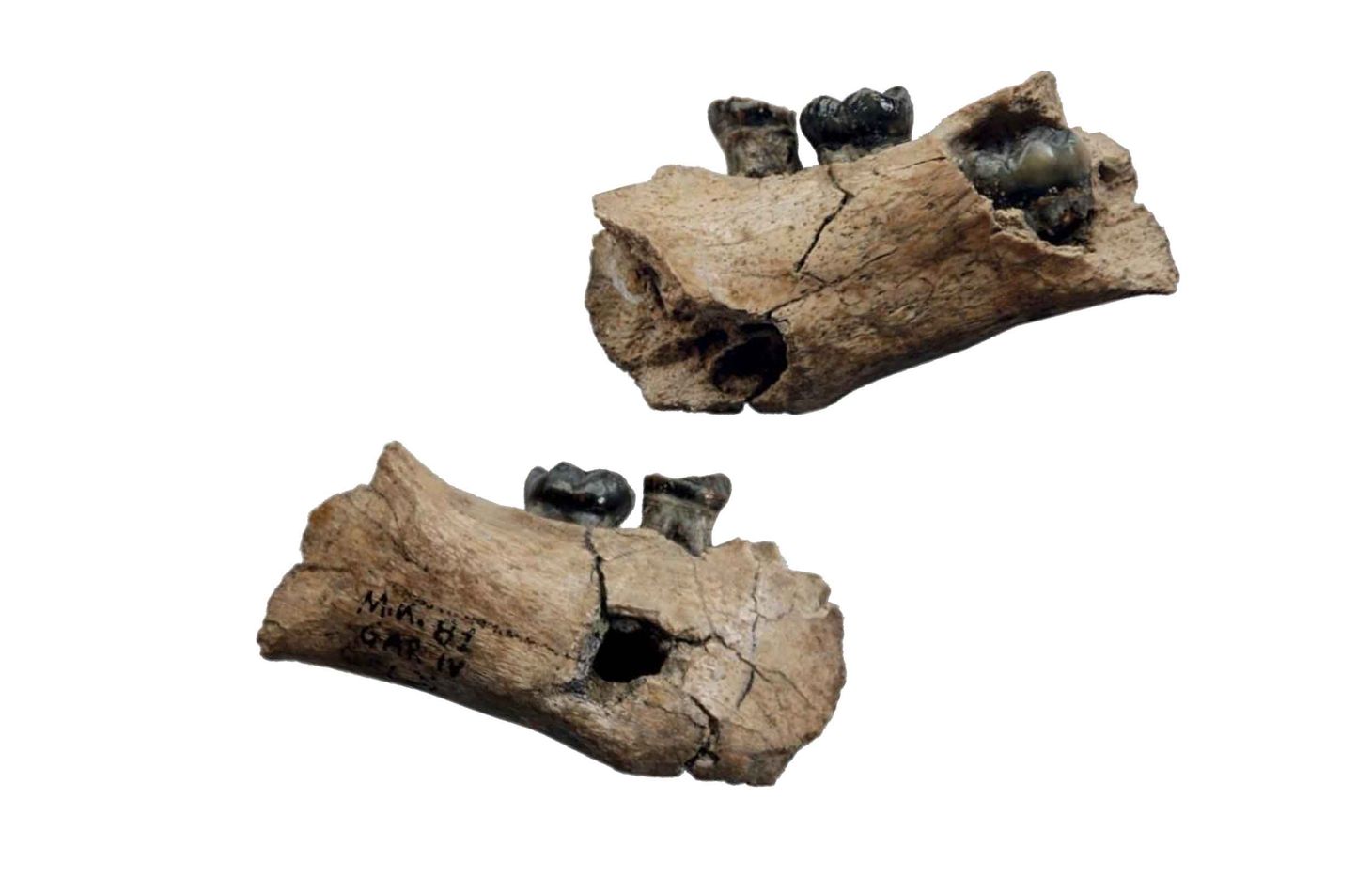
Guide to Sahelanthropus, Orrorin and Ardipithecus
These fossil species between 8 million and 4.4 million years old include some of the earliest members of the hominin lineage.
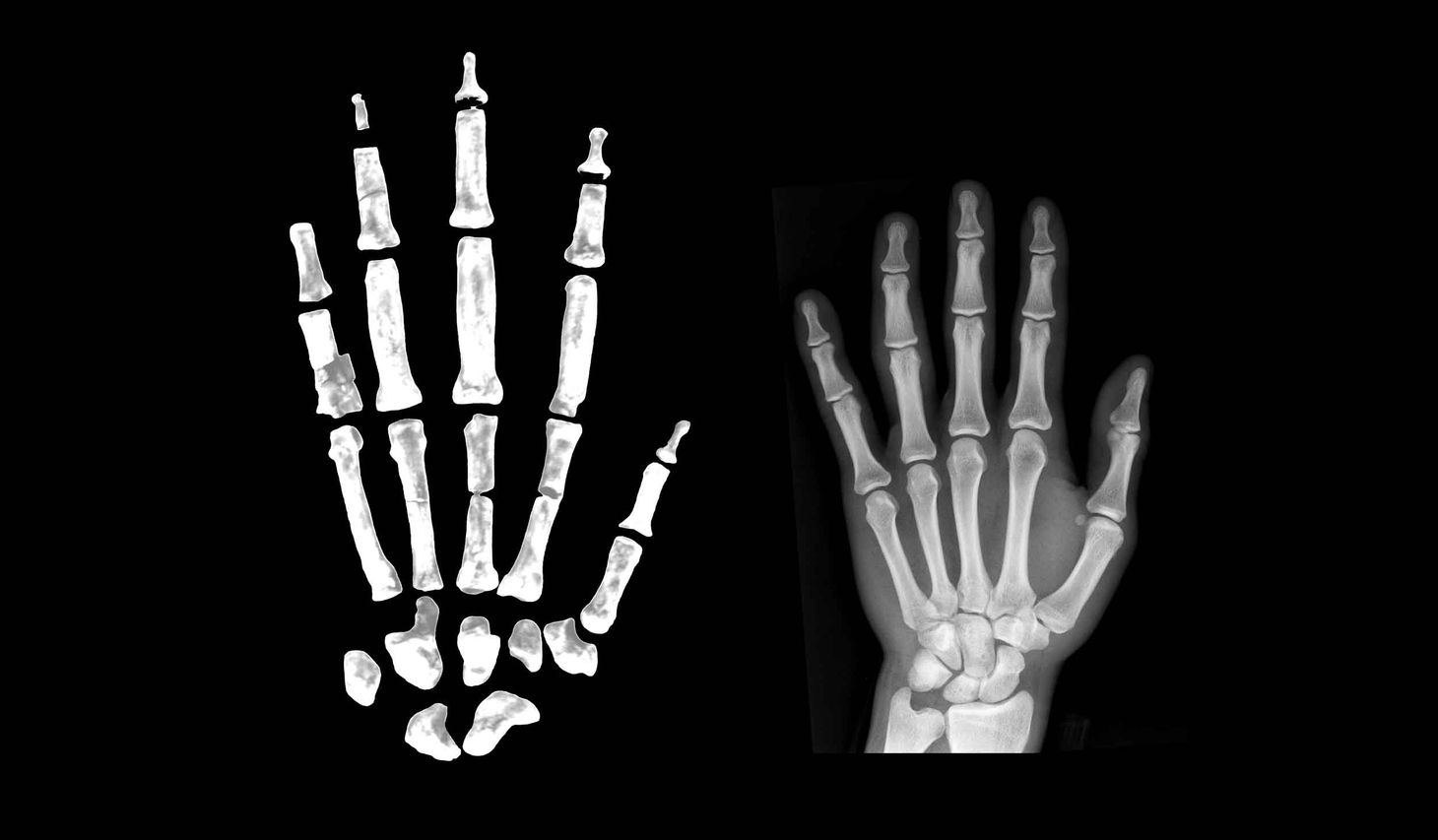
Interaction and mixture: big picture and small
From the level of function of a single gene up to the movements of entire populations, our evolution was built from mixture.

Guide to Australopithecus species
These ancient human relatives include the first species with evidence of upright walking and running like humans. They represent more than a third of our evolutionary history.
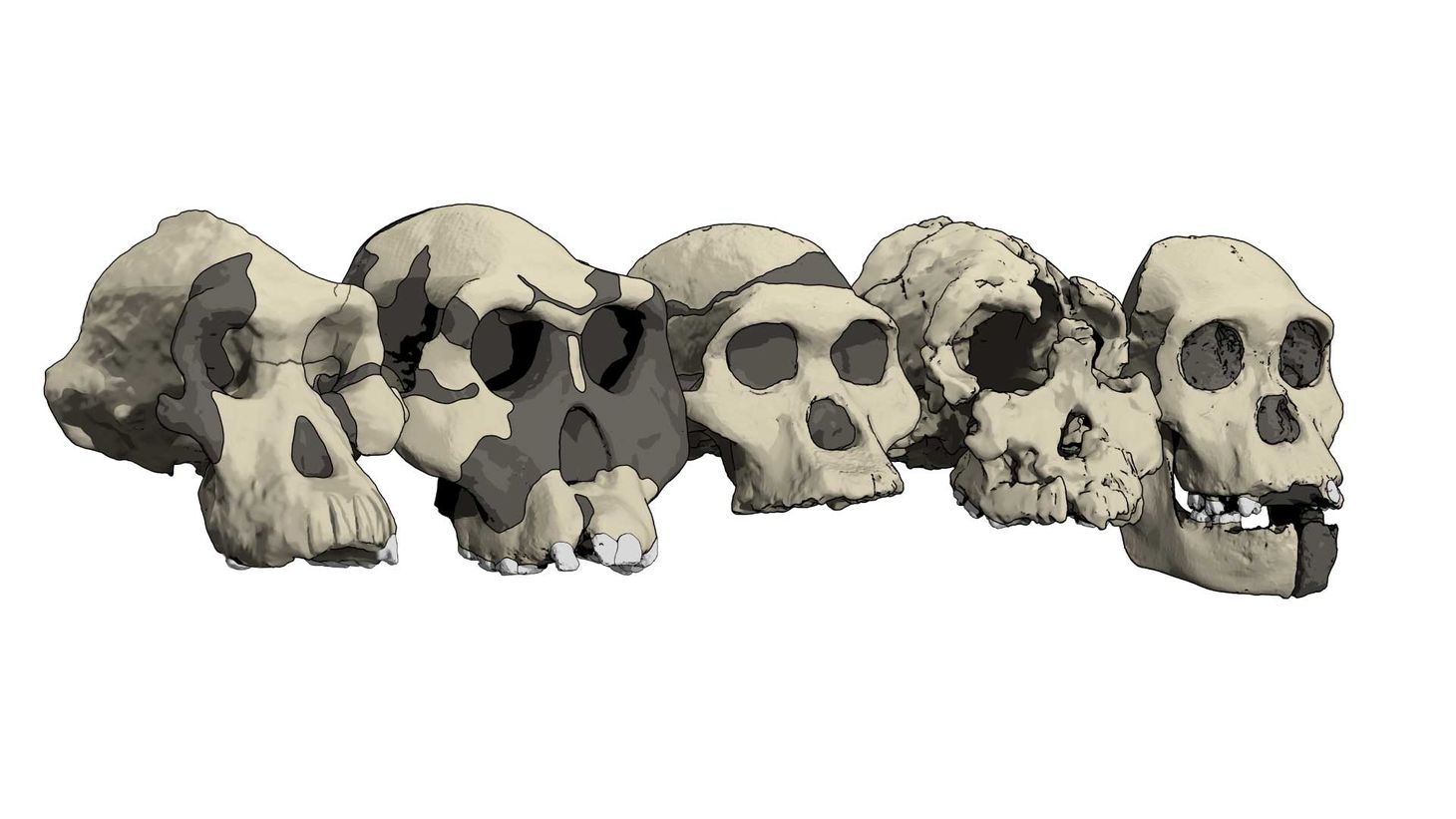
The real story of myosin, jaw muscles, and ancient brains
The provocative idea that our genus arose with a deactivated muscle gene turned out to be wrong.
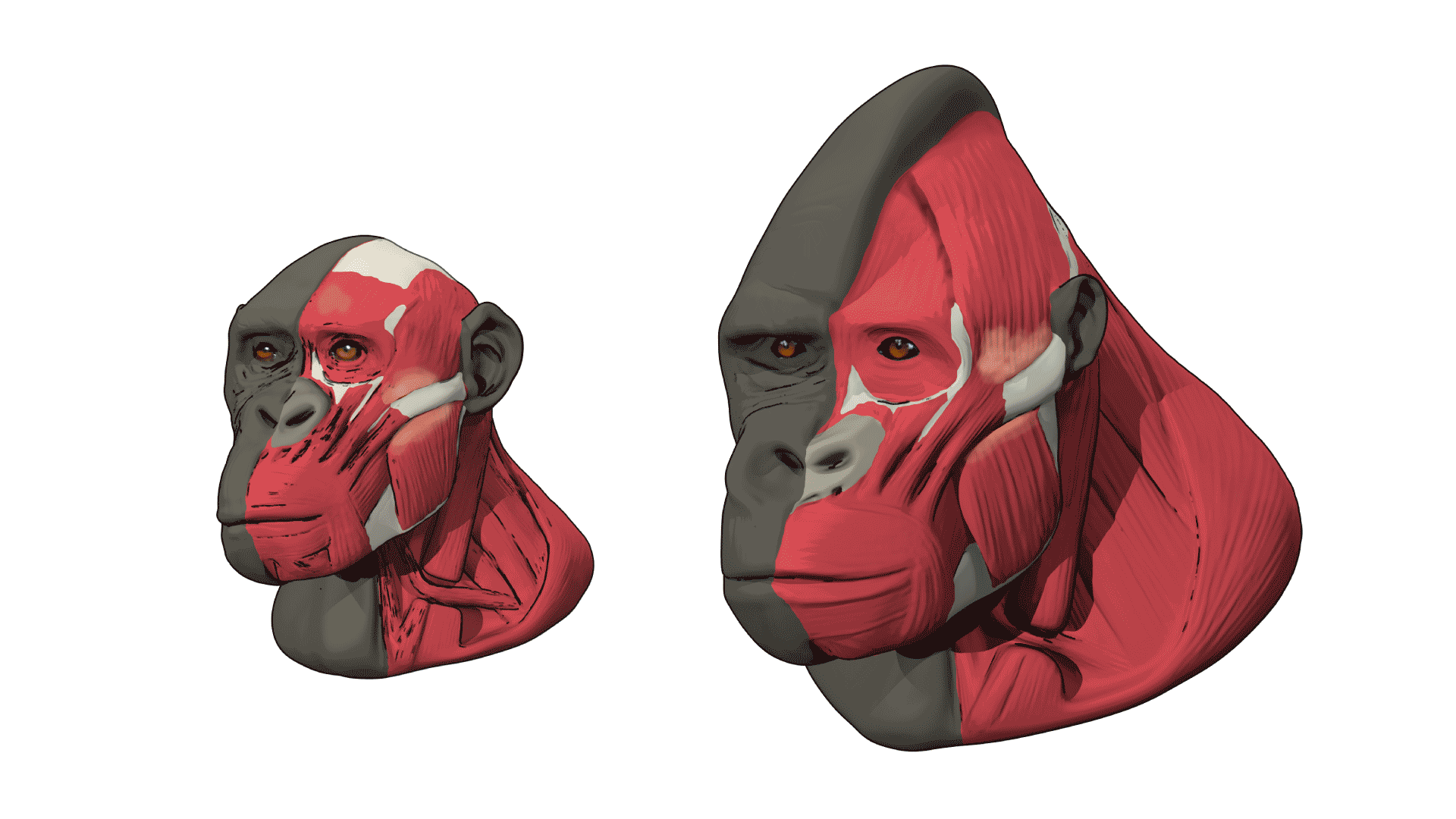
When did human chromosome 2 fuse?
More and more, it looks like this event happened shortly before a million years ago, in the common ancestors of Neandertal, Denisovan, and African ancestral humans.
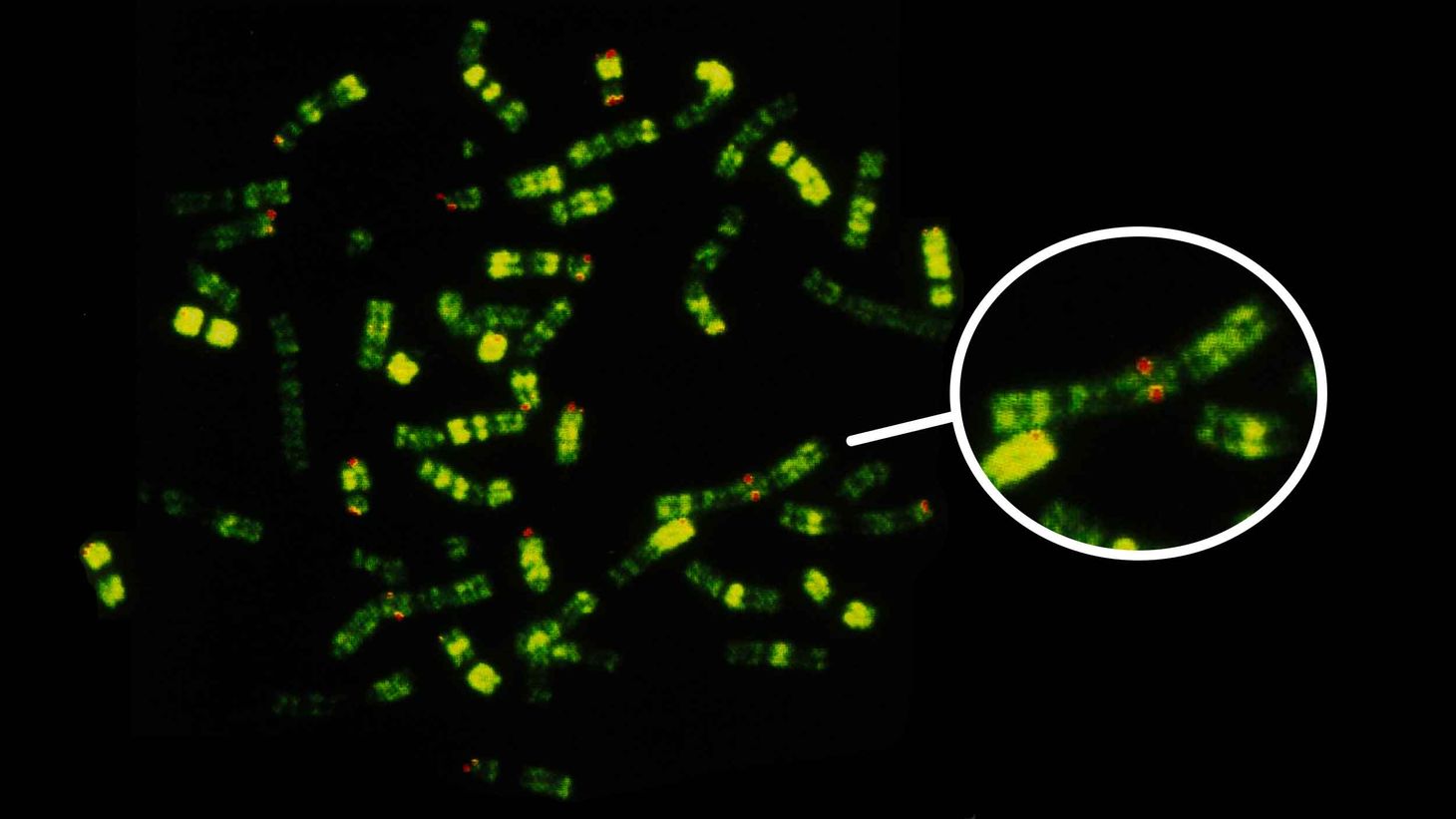
Climate models, Neandertals, and Denisovans
A new paper on biogeography of Neandertals and Denisovans raises ideas about the interactions of these groups.
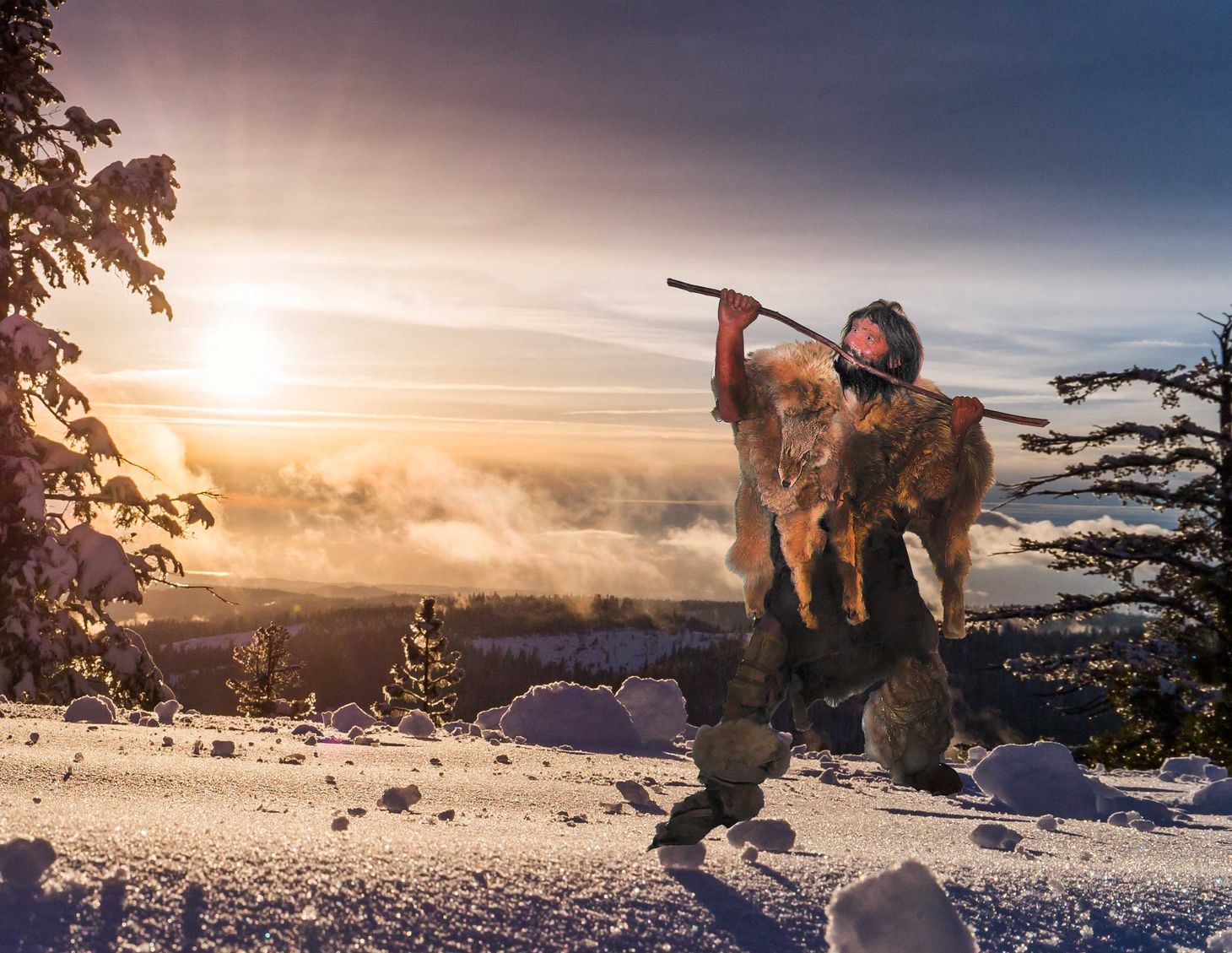
Tracing the genetic histories of ghost apes
The footprints of extinct lineages are the closest we have to a fossil record of the African apes.

Research highlight: Growth and development in human origins
A report from a Wenner-Gren-supported workshop innovating ways forward for understanding hominin ontogenies

Ancient apocalypses and limits of evidence
The archaeological and paleoclimate records usually lack the resolution to see how meteorites or volcanoes mattered to our ancestors.
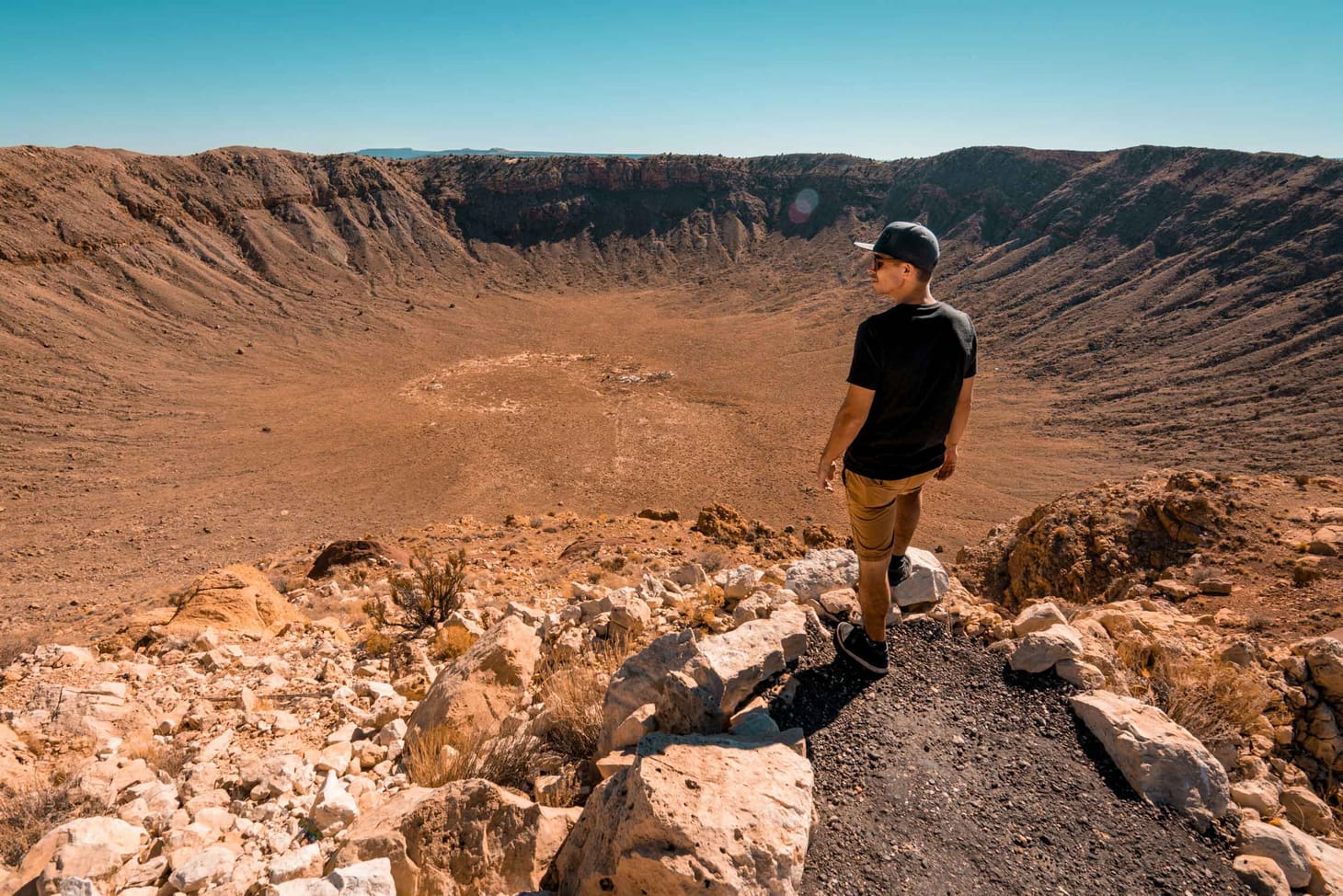
Debates about Neandertal cave art miss the point of their visual culture
Humans today live in visually rich environments, and it's increasingly clear that Neandertals shaped their visual environments also.

Research highlight: Homo naledi teeth
In a massive new paper, a team led by Lucas Delezene provides descriptions of the dental evidence from the Dinaledi Chamber.

Ghostbusters of human origins
Humans tend to mix and interact with each other. Geneticists are once again starting to take that seriously, changing their view of our origins.
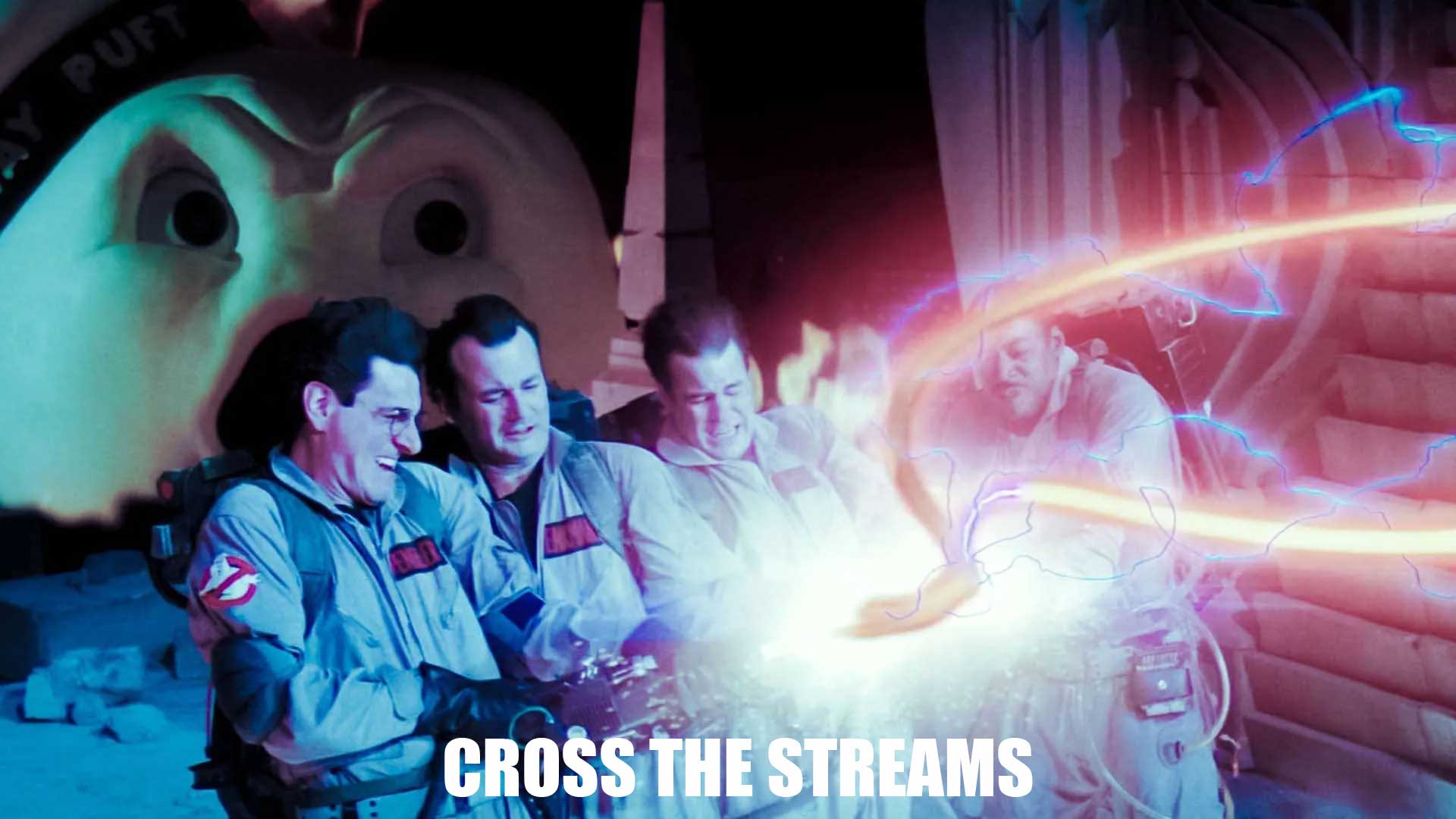
Did two pulses of evolution supercharge human cognition?
An intriguing new study tries to tabulate the ages of genetic variants associated with human phenotypes, but its claims about recent brain evolution may not pan out.
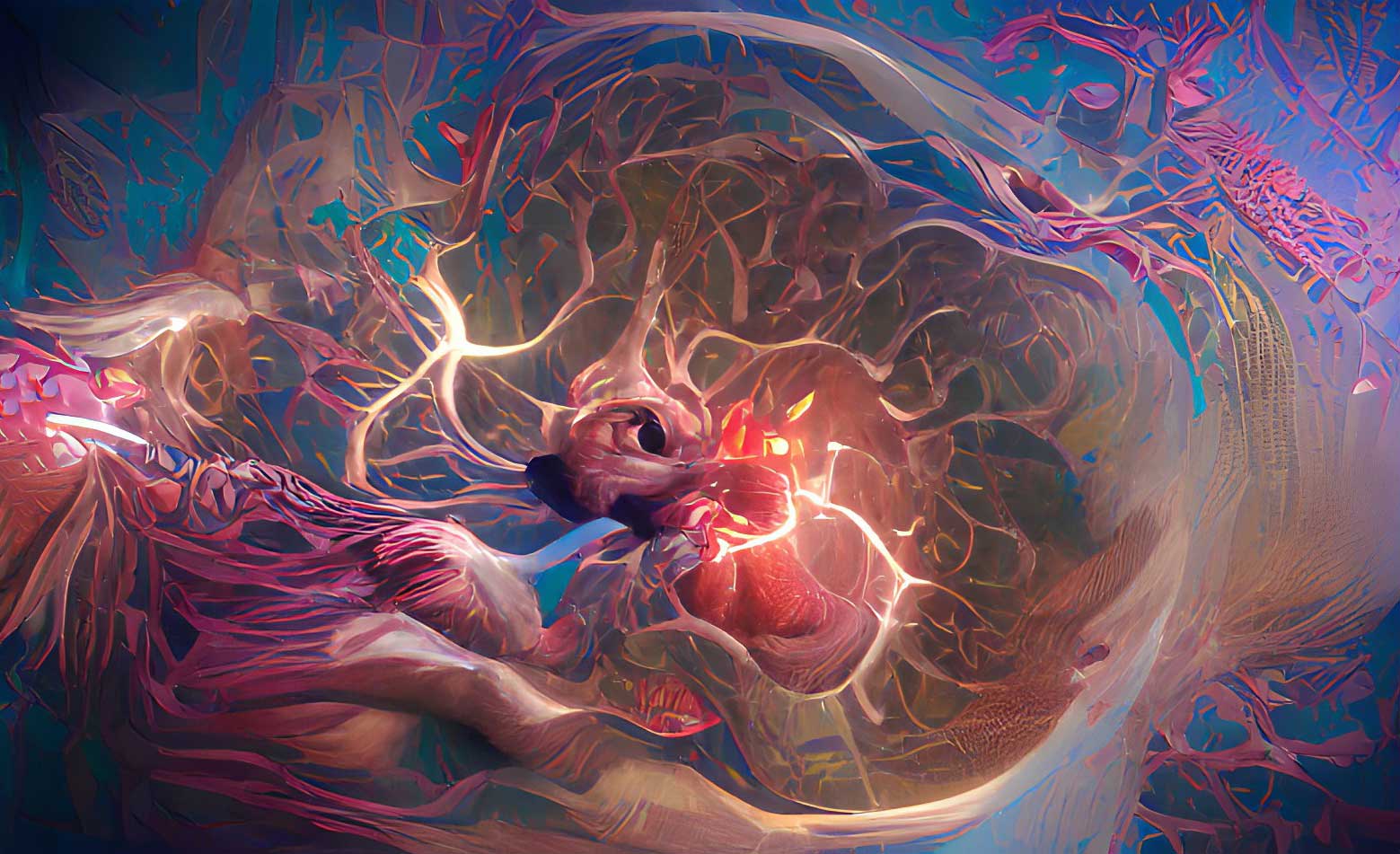
Lecture: Finding ancient minds in the human evolutionary tree
Insights into the behavioral capabilities of ancient human relatives are beginning to show that some of the abilities we consider human go surprisingly deep in our ancestry.

What color were Neandertals?
Even with whole genomes, scientists can't say very precisely what pattern of skin, hair, and eye pigmentation was in ancient populations like the Neandertals.

New evidence is revealing the ages of death, birth, and menarche in Neandertals
Analysis of dental cementum is yielding new insights into the ages when ancient people faced significant physiological stresses.
